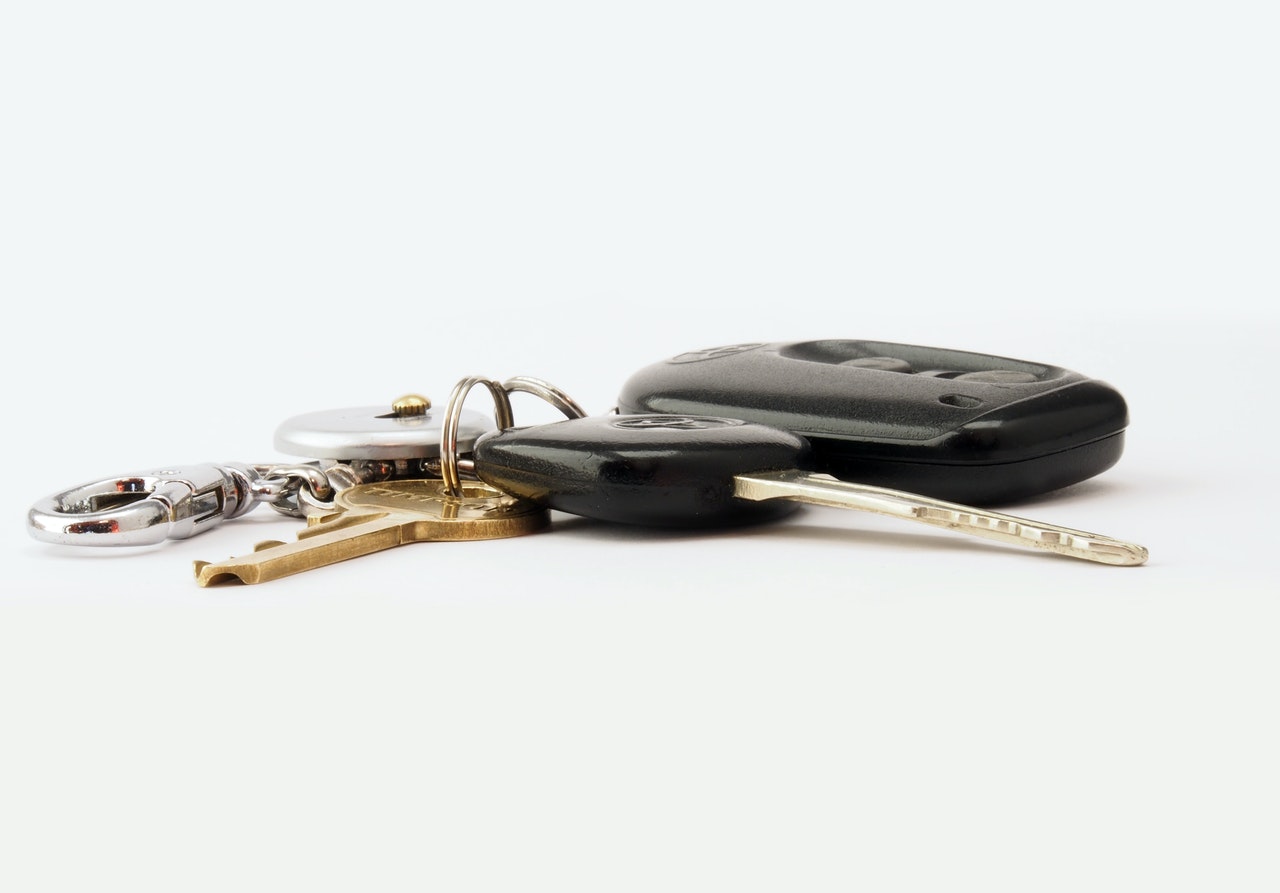Beware of Relay Theft

Keyless entry is one of the most convenient features of newer cars. Unfortunately, though, this user-friendly feature is also a favorite for car thieves. Security experts are warning of a relatively new scam centered on key fobs. In this scam, thieves use a simple device to pick up the signal from a vehicle’s key fob and use it to steal the car. Here’s what you need to know about this scam and to learn how to protect your vehicle.
How it plays out
With keyless entry, the hotwiring car thief is a thing of the past. The key fob scam, or “relay theft,” is frighteningly easy for people to pull off. Criminals purchase relay boxes, which are available online. They then use these devices to hijack the signal from a nearby key fob. The boxes come in pairs, allowing the crooks to set up one box as close as possible to the probable location of the key fob, such as near a window or door to the car owner’s home. The second box is placed close to the car the criminal is trying to steal. The first box then reads the signal and “relays” it to the second box, tricking the car into registering the key fob as nearby. The thief can then unlock the car, start the engine and make off with the vehicle while the owner is oblivious to what is happening.
Keeping your key fob safe
Thankfully, protecting your key fob signals from being hacked is easy. All you need is a little metal. You can achieve this protection by securely wrapping your key fob in a small piece of aluminum foil. The foil will block the electromagnetic signals of the fob, making it impossible for a relay box to pick them up. A foil-wrapped key may look strange, but the key fob can be safely kept in a pocket when you’re out, and inside a kitchen drawer when you’re home, so no one has to know about it. You can also choose to invest in a specially designed bag to keep your car safe. There are also metal-lined key wallets on the market that serve the same purpose.
It’s best to test out the effectiveness of your signal blocker before using it for the long term. Wrap your key fob in foil or place it inside your specially designed bag or metal-lined wallet, stick it in your pocket and sit in the driver’s seat of your car. Try to start the vehicle. The car should not be able to detect the key fob. If it revs up as usual, the blocker is ineffective.
Protecting your car
If you’d rather not bother with foil and metal-lined bags or wallets, you can also go the old-fashioned route and protect the car itself from possible theft. One way to achieve this protection is through a steering-wheel lock. These locks work with actual keys that can’t be hacked. You won’t have a completely keyless entry and startup any longer, but it’s a small price to pay for the protection of your car. If a car thief hacks your key fob’s signal and starts the engine of your car, they won’t be able to drive off. The sight of the lock on your steering wheel can also serve as a deterrent for would-be thieves.
Don’t let those scammers get your car! Take the precautions necessary to keep your key fob and your car safe from relay theft.
When you subscribe to the blog, we will send you an e-mail when there are new updates on the site so you wouldn't miss them.
